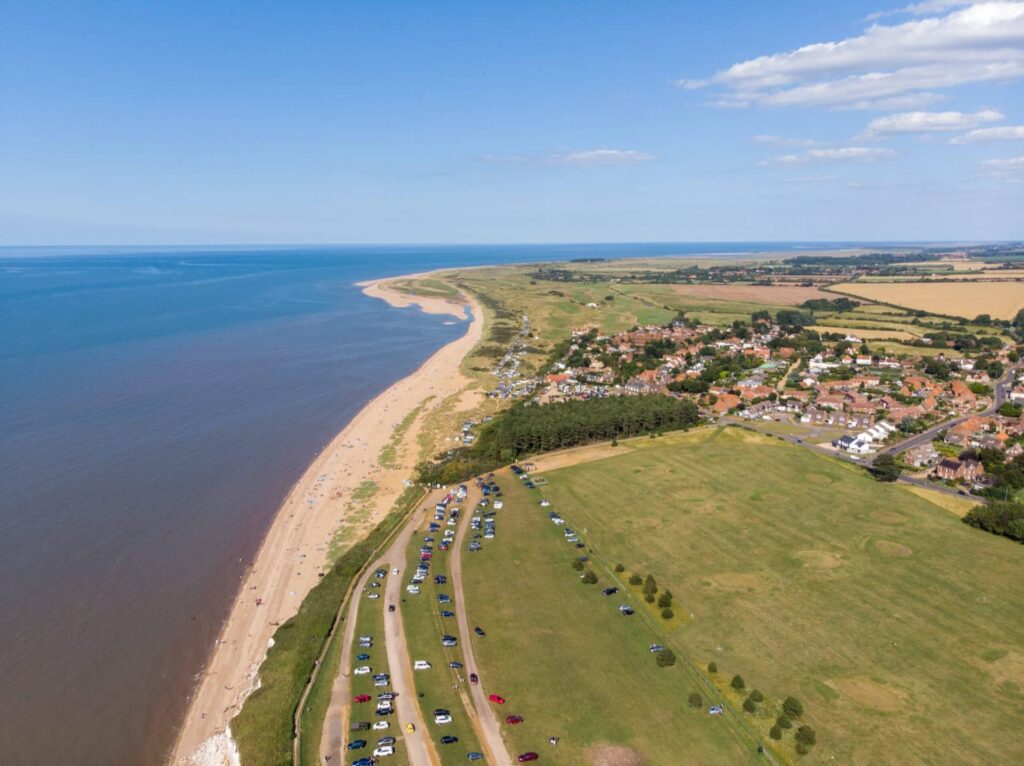Nature conservation
Access for visitors
This work centres on how to achieve a balance between nature conservation and access to the Norfolk Coast.
Our coast is a place many want to visit and this access brings a wide range of benefits, but can also be damaging to nature conservation.
Phase 1 involved experts being appointed to undertake the Limits of Acceptable Change (LAC) process, which provides a framework for managing the impacts of visitors to sensitive sites. The process has been used widely around the world since the 1980s, but it has hardly been applied in the UK before, and not for an area as large and complex as the North Norfolk and The Wash coastline.
Project partners worked with stakeholders to identify the main issues of concern, such as beach nesting birds, non-breeding water birds, seals, and coastal habitats (foredune, vegetated shingle and saltmarsh, in particular).
They also identified zones to reflect the management and use of the sites, such as: towns & villages, sites with high visitor-appeal, green spaces, wildlife tourism, wild places and wildlife only-spaces.
A zoned map then enabled them to set out actions that could be applied to different zones and issues, essentially providing an intervention toolkit.
Phase 2, which started in 2024, involves more gathering and assessing of visitor numbers at key sites across the coast by appointed experts.
They are working with local stakeholders to discuss sustainable site management options. As part of the project, there will also be a pilot initiative to test new strategies of managing visitors at fragile sites.



